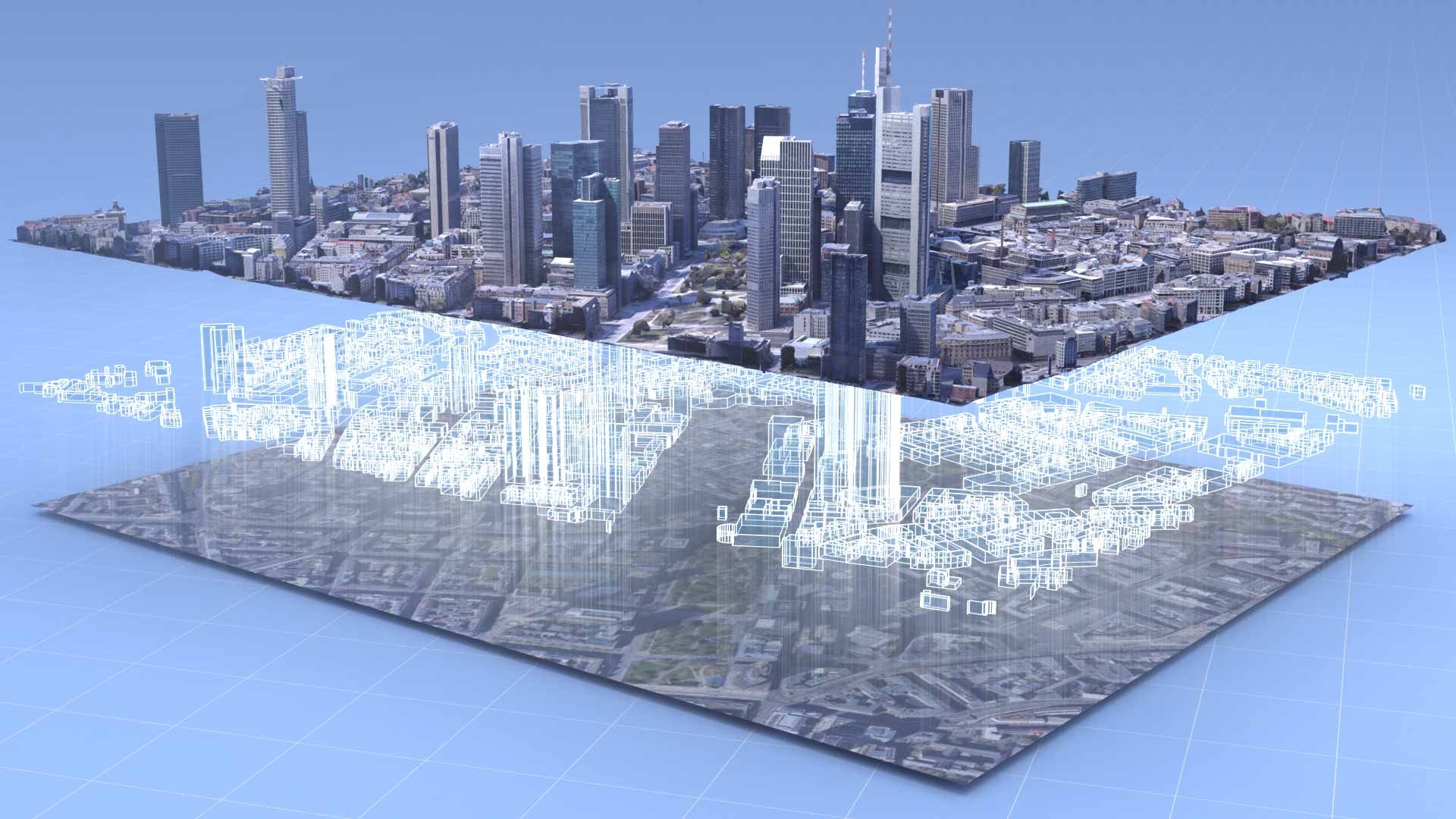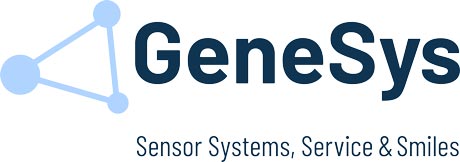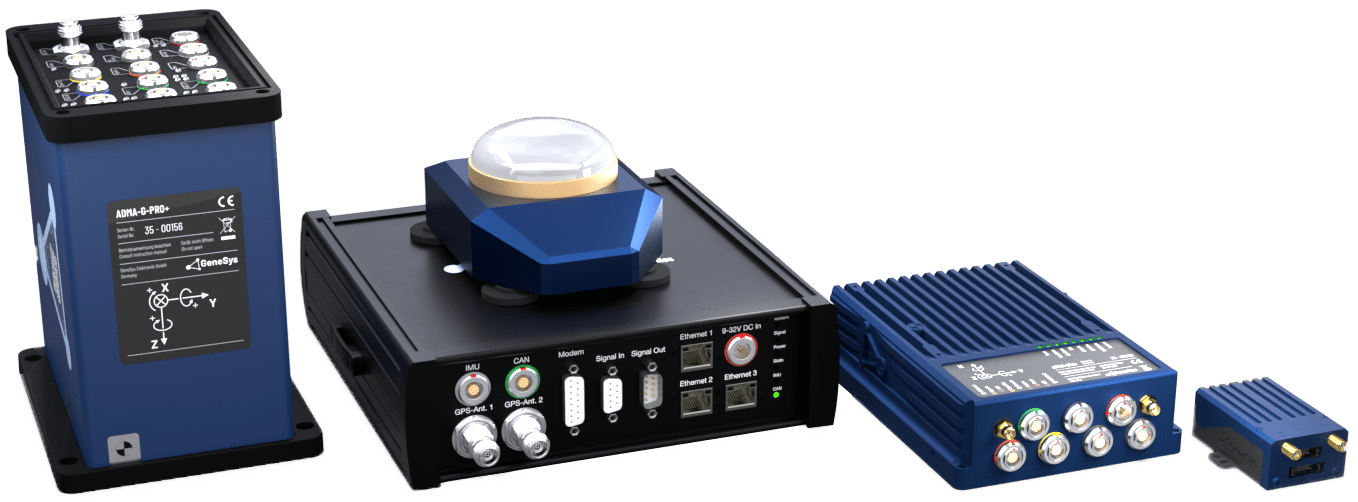Route measurement on public roads:
The ADMA system is increasingly used for route measurement on public roads. The ADMA high-precision gyro measurement system fuses inertial data (acceleration and rotation rates) with GNSS to compute improved orientation and position. ADMA enables precise georeferencing of data, even in the presence of GNSS interference and outages.
GeneSys solutions
To ensure that the required accuracies are achieved, we have developed the ADMA-PP post-processing software. With ADMA-PP the recorded ADMA data can be optimized and GNSS correction data can be added afterwards.
-
Users benefit from more than 25 years of application know-how and the experience of GeneSys experts




